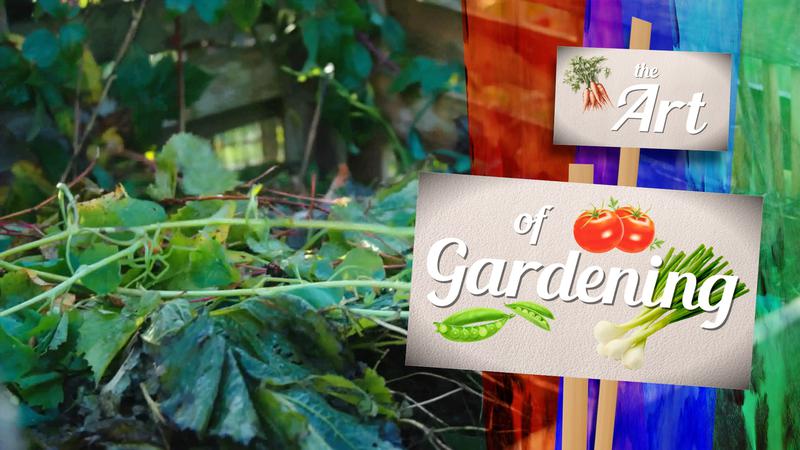
Province to mandate masks for staff, some students when they return to school
VICTORIA — The B.C government now says masks will be required for certain students when school returns in September.
In a release issued Monday (Aug. 17), the Ministry of Education says school districts have been given updated operational guidelines for classes to return.
Masks will now be required for staff, middle and secondary students in high traffic areas. These would include buses, commons areas like hallways, or anytime students are outside of their learning group and physical distancing cannot be maintained.
The ministry says exceptions will be made for students who can’t wear masks due to medical reasons. Even while staff and students are wearing masks, they will be required to maintain physical distancing measures with those outside of their learning group.


